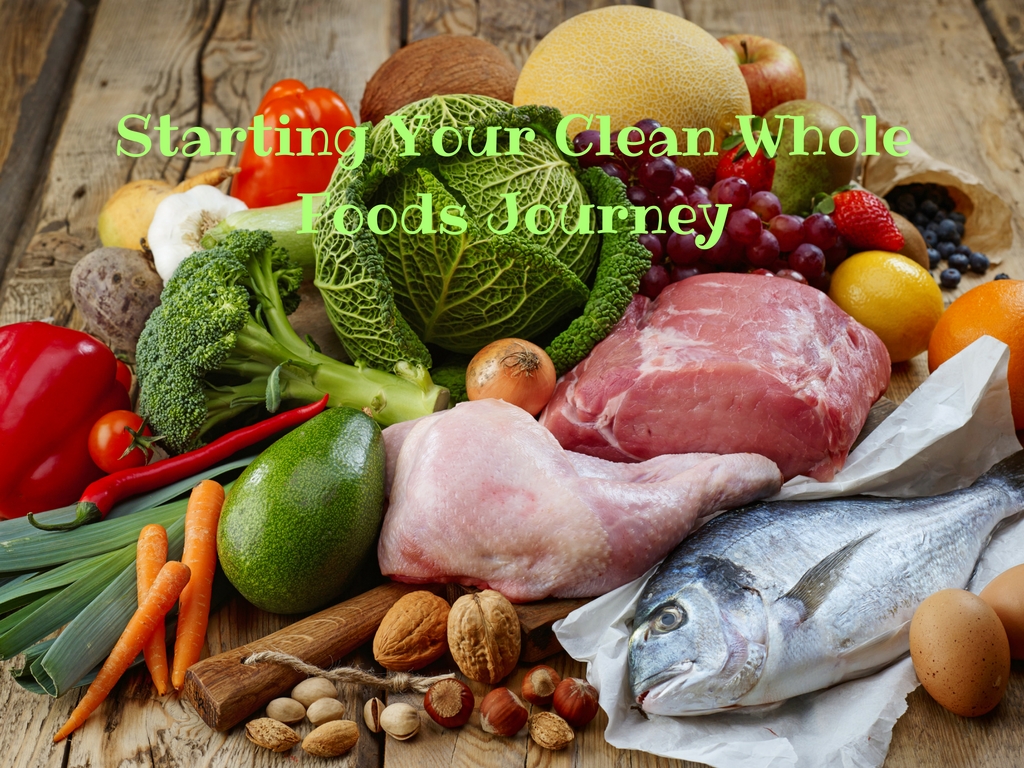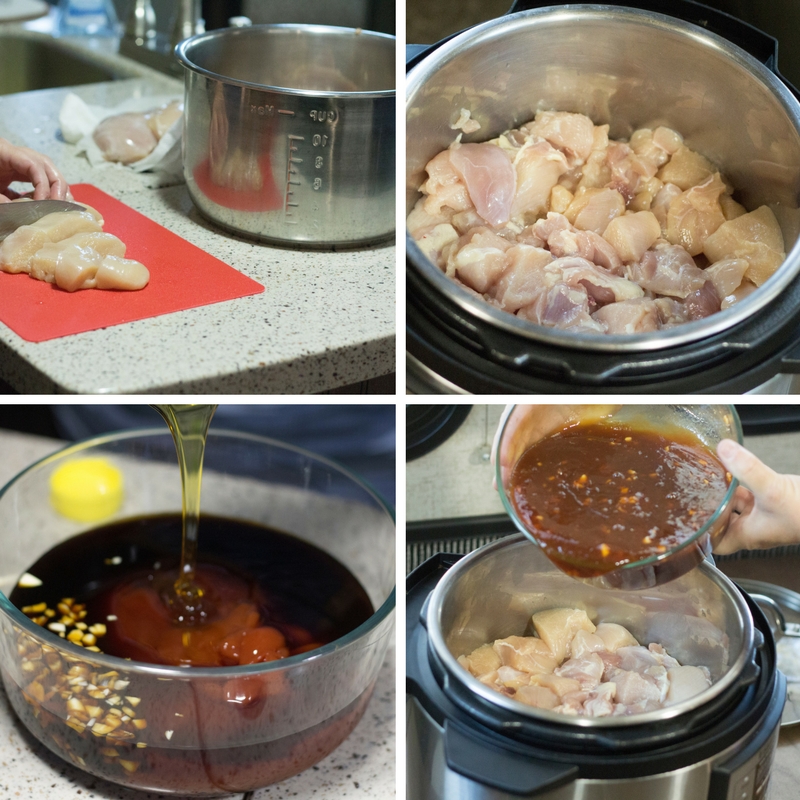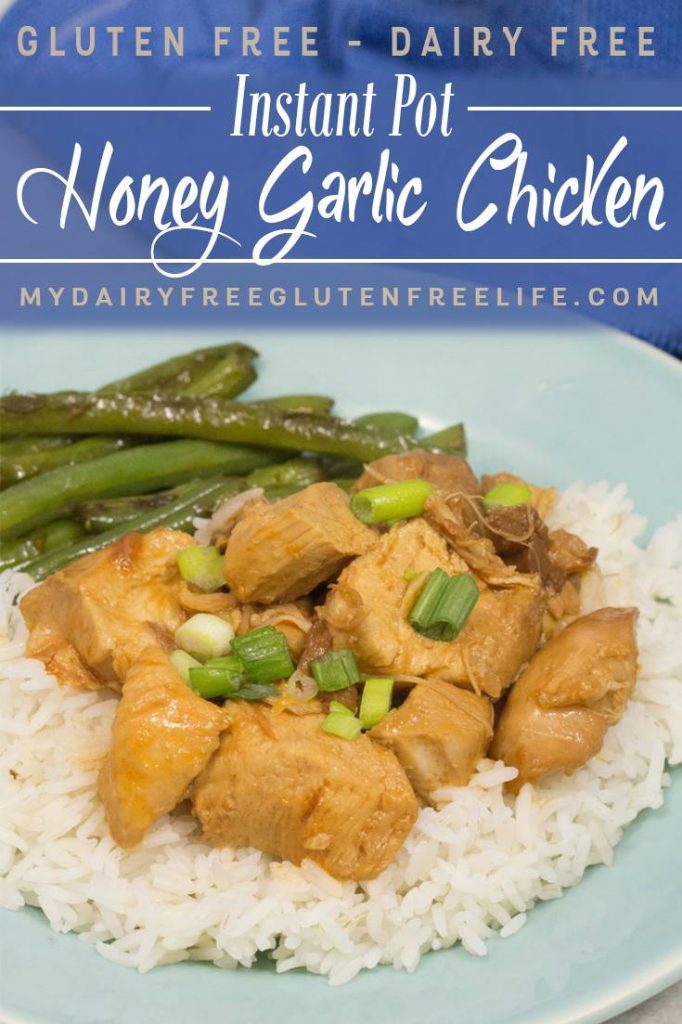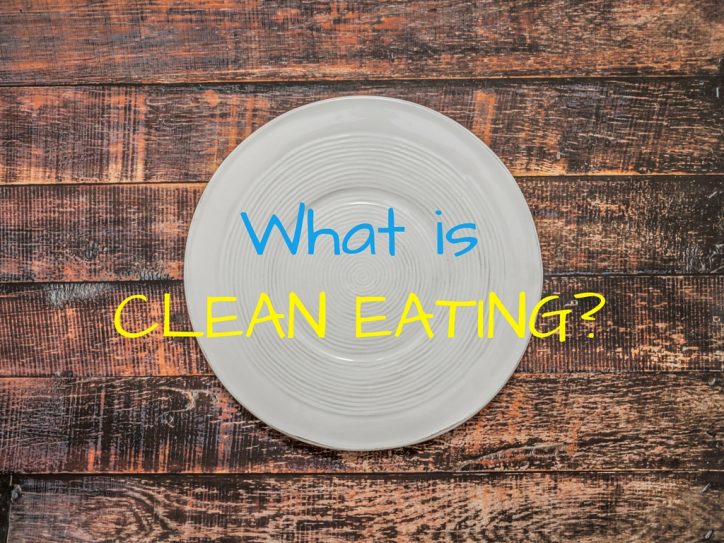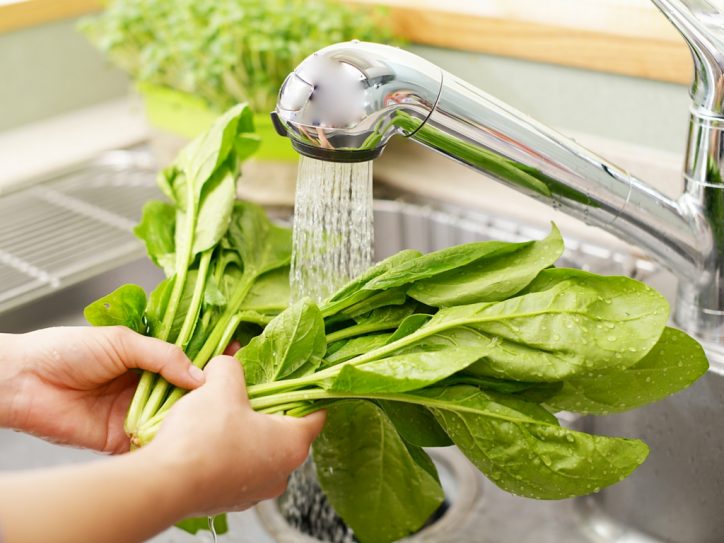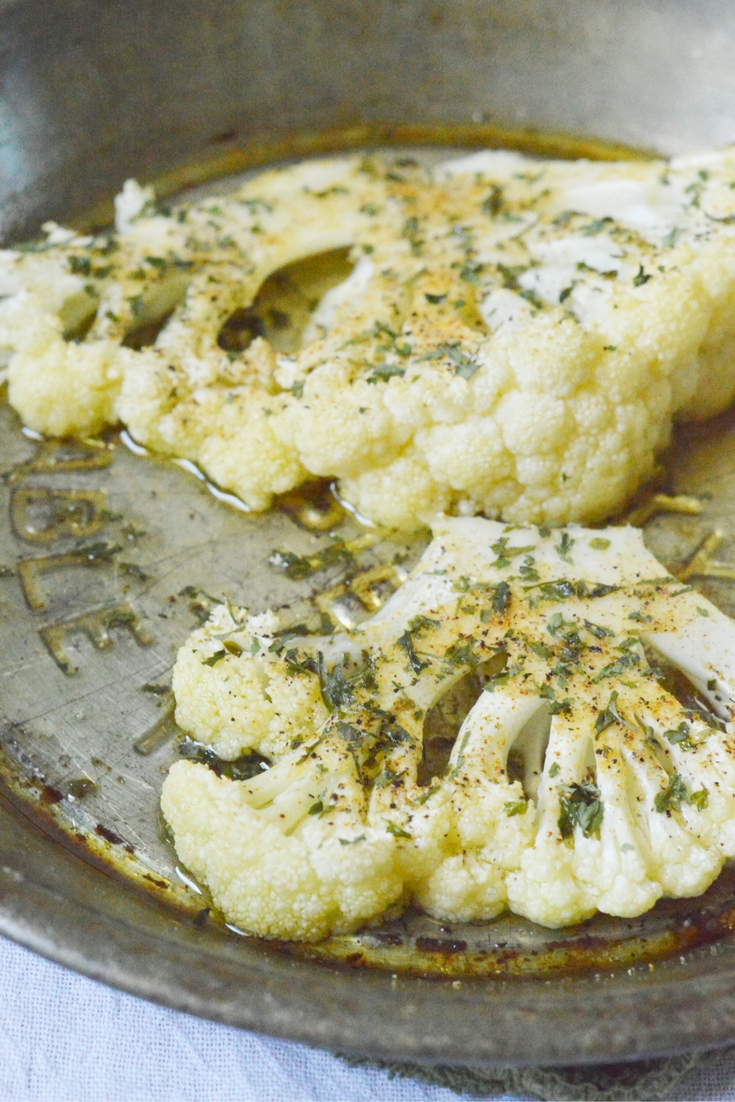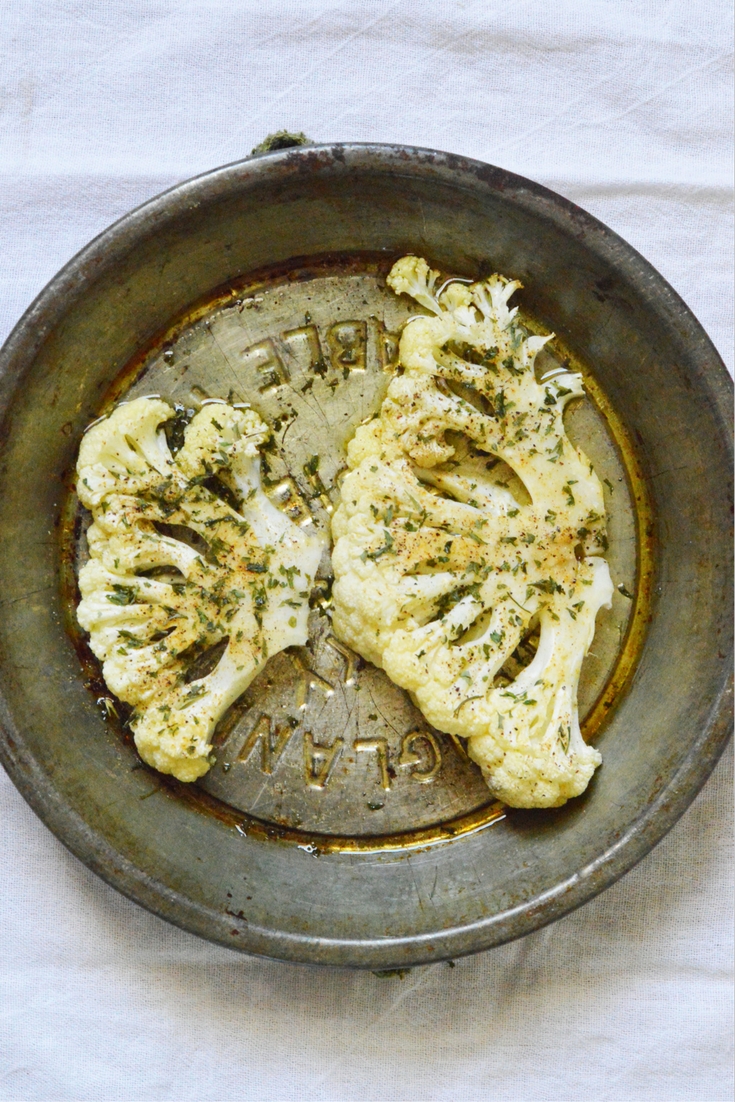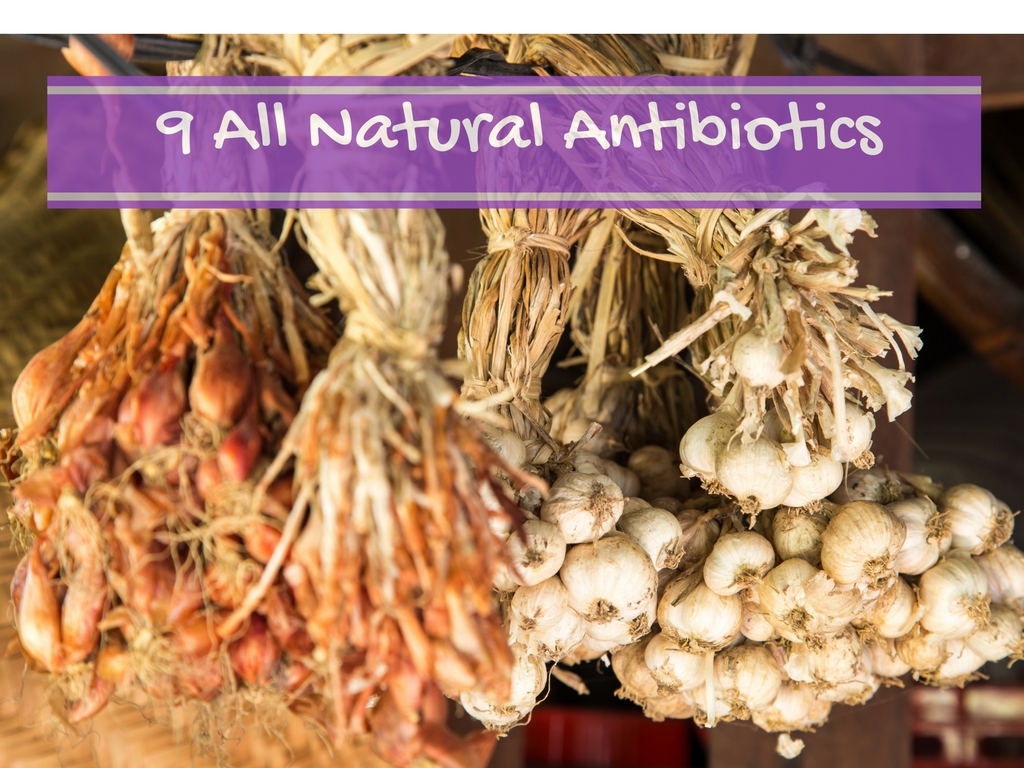There are many reasons that people choose a clean whole foods lifestyle. For some, it is purely for weight loss and health benefits. For others, it is a way to combat the affects of nagging health issues. Health issues such as diabetes, high blood pressure, fibromyalgia or any number of autoimmune disorders.
And still for others, it is their physician who has set them on a whole foods path. Unfortunately when a doctor suggests a whole food diet, generally the body is already affected by some ailment.
Whatever sparked your interest in a clean whole foods transition, you can live a healthy lifestyle! For instance, diabetes, high blood pressure and inflammatory diseases can be reversed. Eating whole foods will allow you to fight the things that plague so many of us.
Fatigue, daily aches and pains, and even mental fog will become less of a problem. You just have to follow a whole foods plan.
Have you have reached that point where you are ready to do whatever it takes to get your health back? Then, you have come to the right place. I can help you learn about whole foods. This will help you take that all important first step to a healthier lifestyle.
But where do you go from here?
To start, let’s take a look at what eating clean whole foods means. You should know that there are many different ways of eating ‘whole’. Basically it means eating as much real and unprocessed foods as you can. ‘Real’ foods, meaning foods that are found in nature and eaten as close to natural as possible.
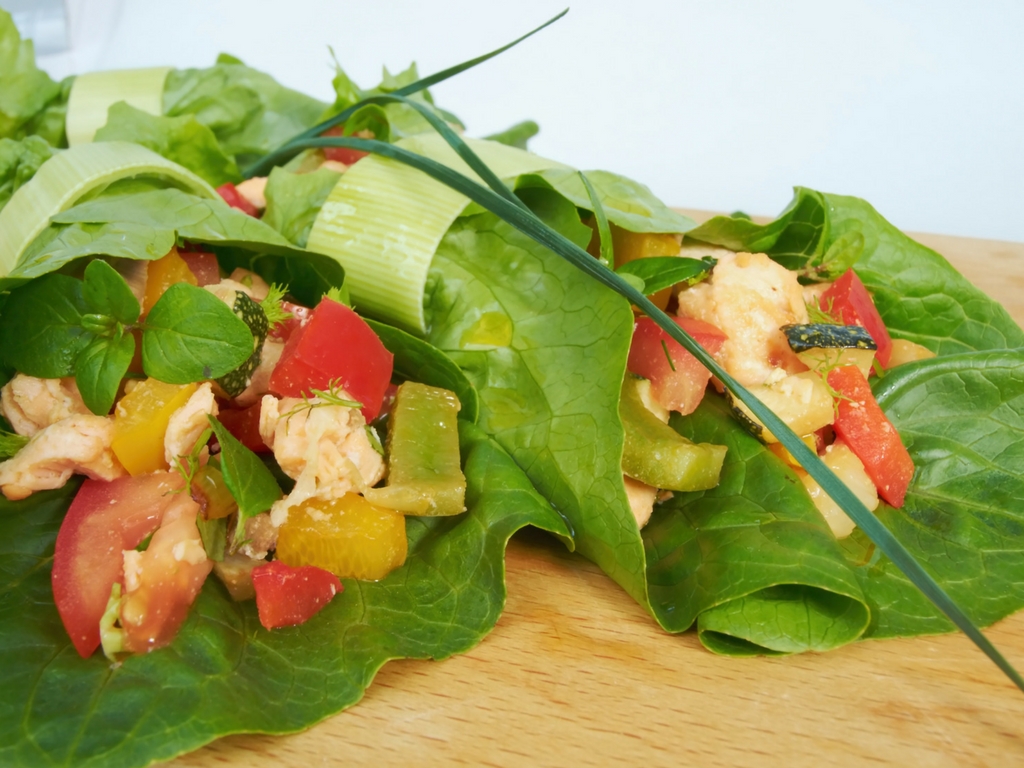
People take different paths for choosing foods, Depending on what ‘eating clean whole foods’ means to them. Some people choose to continue eating meats and/or seafood. And others opt for organic or grassfed meats. While still others ditch the grains (typically, this is considered the ‘paleo‘ form of eating).
Other people choose to bypass the meats all together, focusing on a diet of grains, fruits, nuts, vegetables, and seeds. Typically, this is considered a ‘whole food vegan‘.
While others choose to eat both grains and meats in addition to other healthy foods. The paths are all a bit different, but they all lead to the same place, eating whole.
So just to recap, typically whole food eaters fall into 5 categories:
- Paleo – uses meats and seafood, veggies, fruits, nuts & seeds, but no grains or dairy.
- Vegan – does not consume or use animal products or dairy but does use veggies, fruits, grains, nuts and seeds.
- Vegetarian – will eat no meats or seafood but does eat dairy, veggies, fruits, grains, nuts and seeds.
- Meat Eaters – consumes meat, seafood and dairy. They use healthy, natural sources and veggies, fruits, grains, nuts and seeds.
- Pescatarian – eats fish as the only meat from natural sources and also eats veggies, fruits, grains, nuts and seeds.
Before You Begin Your Clean Whole Food Journey
Anytime you are making a change in your diet, it is a good idea to speak with your doctor. Yes, your foods might be healthy, but only your doctor knows your medical history. Because of that, they may have suggestions for which whole foods path is best for you.
So let’s say that you want to be a meat eating whole foods eater, but you have a history of high cholesterol. Whole foods in general will greatly improve your life. But, your doctor might advise you steer clear of red meats and shellfish. The same goes for autoimmune disorders. You will have to be mindful of the way that different foods might impact your autoimmune disorder.
In Conclusion, If you find that your doctor is not familiar with eating clean plant based whole foods, another option is to see a naturopath to discuss your diet plans. This course has been the most successful for most people I know.

